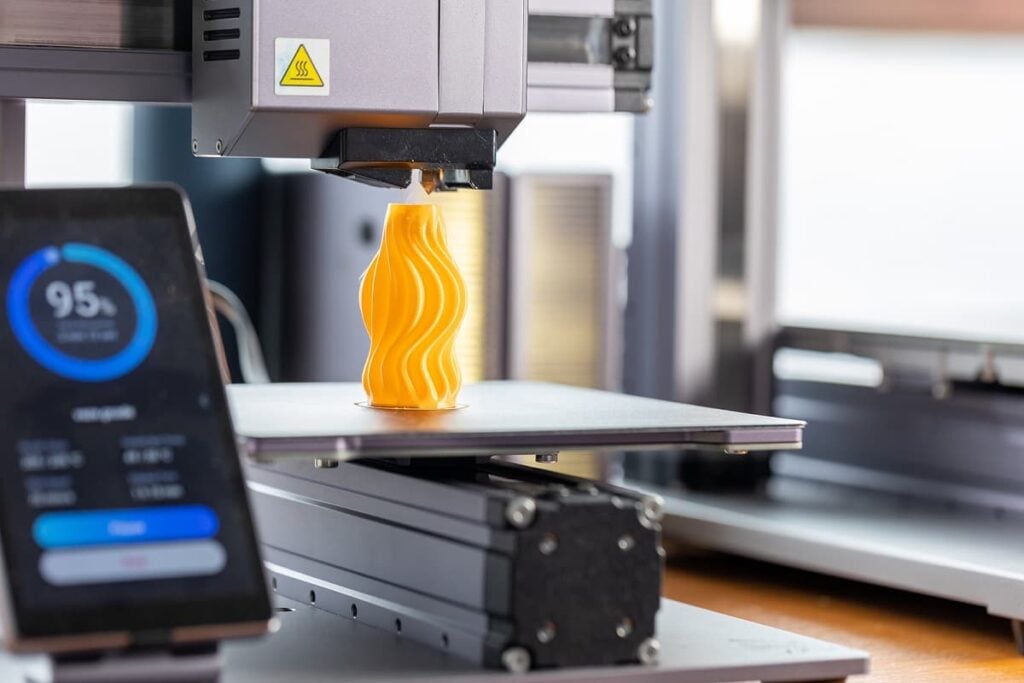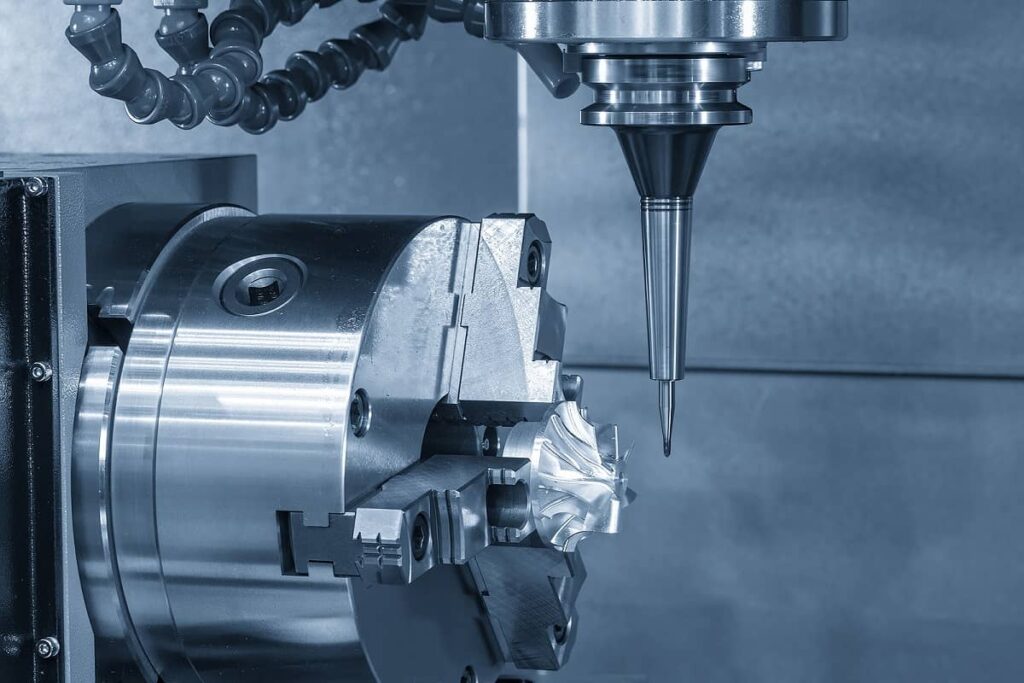Is It Finally Time to Sell Protolabs Stock?
Table of contents

Deciding to buy a stock is easy. We spend a minimal amount of time convincing ourselves that it’s worth the risk while conducting due diligence that would hardly be considered sufficient. If 95% of professional money managers can’t succeed at stock picking, spending several hours in your underwear on a Saturday morning “researching” a stock while trying to avoid the temptation of YouTube isn’t going to cut it. It’s precisely why everyone wants someone else to take responsibility for their investment decisions. Still, you pull the trigger and ideally accumulate a position using dollar cost averaging. If the share price goes up, you attribute that to your tremendous investing acumen. If it falls, you panic and start consulting with The Ministry of Truth.

The tough part is deciding when to sell a stock. Our portfolio cap weighting rule helps trim the winners as we did with NVIDIA (in 2021 alone, we recovered our cost basis more than seven times over), while our tremendous investing acumen helped us reap the rewards when gene-editing stocks hit the moon because of hype. (Regular readers know that our secret weapon for generating alpha is the Romanian fortune teller we hired on Fiverr who made that freaking amazing Ali Baba call.) But figuring out when to sell stocks you’re holding at a loss can be one of the toughest decisions to make.
When to Sell a Tech Stock
You can argue about whether paper losses are actual losses, but there’s no debate that you solidify those losses when selling shares. We’ve sold stocks at a loss several times over the years with some examples seen below (company names link to past research pieces).
| Sold Date | Reason | Fall Since | |
| Ocado | 10/18/2021 | Too much UK grocery exposure | 73% |
| Appen | 12/28/2020 | Business model problems | 90% |
| Berkeley Lights | 9/15/2021 | Short report + own suspicions | 92% |
In each of the above cases, the stocks went on to lose significantly more once we exited our positions, but that doesn’t mean we made the right decision. The stock market has a way of humbling those who brag about how great their trades are. Even with these sharp drops in value seen above, it’s too early to tell if we ultimately made the right decision. Only when a stock ceases trading on a major market can we then compare our cost basis to the value the business ended up realizing.
In all cases seen above, we exited rather quickly as opposed to “reverse dollar cost averaging.” The first two names – Ocado and Appen – traded on foreign exchanges which charged commission fees, so we just went at it in one swell foop. The third – Berkeley Lights – was under lots of selling pressure so we exited the position abruptly. Today, we want to talk about another stock we might be exiting – Protolabs (PRLB).
Protolabs Stock Plunges
Price action should never come into play when you decide to sell a stock. When Protolabs fell 30% last week, we knew earnings had come out, and that the news wasn’t good. While the company met their guidance for Q3-2022, they noted that “revenue from injection molding parts has underperformed expectations in the first three quarters of 2022.” That’s their highest margin offering which makes up nearly half of their business.

Says the company, “injection molding is one of our higher margin services, and with lower volume, it becomes challenging to absorb fixed costs and overhead.” So not only has growth stalled, but profitability is becoming increasingly difficult to come by as seen in Protolabs’ quarterly earnings.

As growth investors, we don’t care about positive earnings, we mainly look at revenue growth as a proxy for market disruption. Protolabs doesn’t have that either, a concern we raised in a recent piece titled, Protolabs Stock: Where’s the Revenue Growth?
Vanishing Revenue Goals
This is what Protolabs used to look like back when we were ogling them as a potential leader in the distributed manufacturing space just over three years ago.

And this is what happened to that growth over the past four years – a compound annual growth rate (CAGR) of 1.33% which doesn’t even beat inflation. (The below chart uses the midpoint guidance Protolabs gave for Q4-2022 of $111 million).

One argument would be to give the company additional time to realize the promised revenue growth, but their ambitious goals have all but disappeared. The 112-page investor deck we analyzed almost exactly a year ago made multiple mentions of an internal Protolabs roadmap that expected revenues to double over the next five years – $1 billion by 2026.

With growth apparently stalled, we emailed the company’s investor relations team asking if the company could comment on their ability to hit this revenue target given the bear market in last week’s earnings call. Radio silence, but a new investor deck published last week is void of any reference to doubling revenues by a particular year. Instead, we’re given a spiel about how much “impact” they’re having, a shout out to the ESG police with their opaque methodologies that all differ in methods and performance.
The fall in share price of around 30% wasn’t for obvious reasons. Protolabs met their guidance, but softened Q4-2022 guidance leading to declining year-over-year growth at the midpoint. Analysts probed as to how much of the slowing growth might be from “additional competitive share loss,” and challenged management as to why the stagnating revenue segment – injection molding – was previously being touted as “very defensible in nature.” Protolabs responded by saying their sales team would be more aggressive, but shouldn’t the service offering be selling itself based on cost and flexibility?
When we see times of big supply chain shocks, we do very well because of our ability to be responsive.
Protolabs Q3-2022 Earnings Call
Maybe Xometry has been seeing those benefits, but certainly not Protolabs.
Selling Protolabs Stock
There’s something to be said about waiting this one out and hoping that some private equity firm steps in to acquire the distressed assets on offer, but we need to stand by our principles. This is a management team that blew the “$1 billion by 2026” trumpet for several years before suddenly going quiet. The new investor deck published just days ago makes no mention of that seemingly forgotten goal. Our email to the investor relations team fell on deaf ears which is precisely why we hardly ever reach out to companies we cover. While it’s never fun to lock in losses, we don’t have faith in management’s ability to grow revenues, and with margins getting squeezed, it’s only a matter of time before they’ll need to raise more capital in todays’ bear market by taking on debt or selling shares at depressed prices.
Analysts on the latest earnings call alluded to the fact that it may be more than just economic headwinds creating problems for Protolabs. Perhaps the competition is doing some damage, an observation we made before in the below chart which compares Protolabs’ revenue growth to Xometry’s (Xometry’s Q3-2022 revenue number seen below is a company guidance estimate).

Protolabs is looking more like a large machine shop that customers need to be convinced to use. Contrast their stalled revenue growth with the software business model of Xometry (XMTR) and it seems as if the business model critics were right.
Conclusion
For tech companies, a proxy for disruption is revenue growth which represents the percentage of total addressable market being captured. In the absence of revenue growth, there’s no disruption happening. Management teams need to be held accountable for making and breaking goals. Should we decide to exit our position in Protolabs, Nanalyze Premium subscribers will be the first to know.
Sign up to our newsletter to get more of our great research delivered straight to your inbox!
Nanalyze Weekly includes useful insights written by our team of underpaid MBAs, research on new disruptive technology stocks flying under the radar, and summaries of our recent research. Always 100% free.















Very well written!
Cheers for the feedback Daniel!